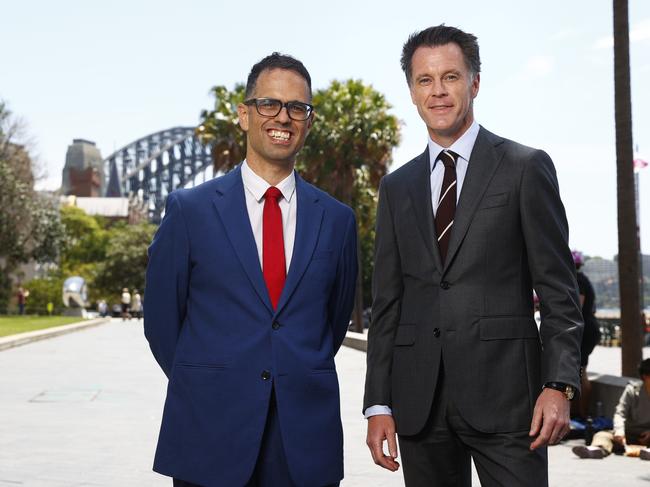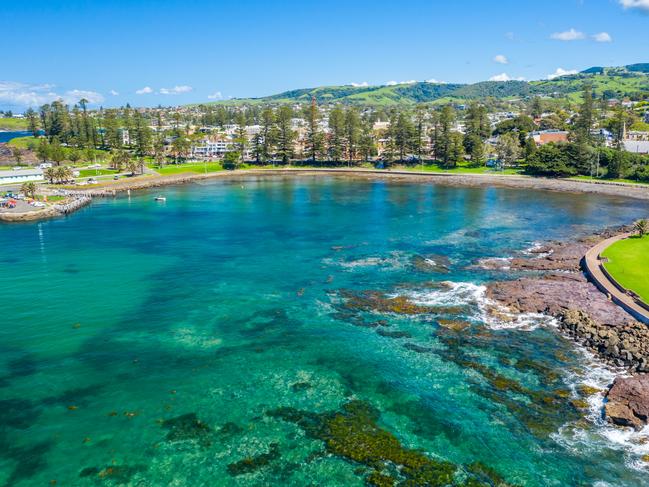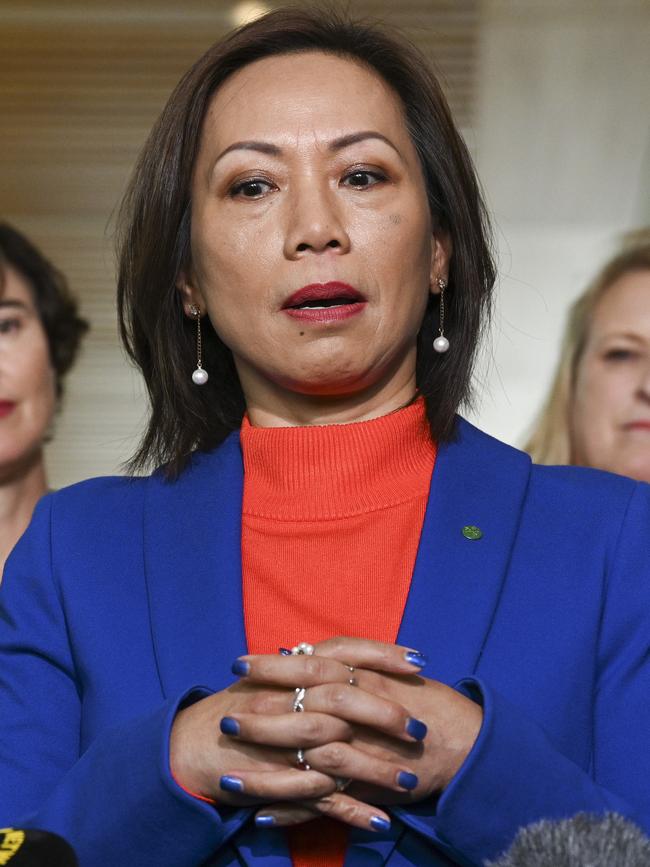James O’Doherty: NSW federal pollies hang us out to dry on GST funding
In the wake of an unprecedented cut to their home state’s share of the GST you would expect our federal pollies to be up in arms. Unfortunately, you’d be wrong, writes James O’Doherty.
Opinion
Don't miss out on the headlines from Opinion. Followed categories will be added to My News.
Former Prime Minister Scott Morrison may be gone but, among NSW federal MPs and Senators, it seems the concept he called the “Canberra bubble” lives on.
How else can the two major parties explain the deafening silence of NSW’s federal representatives in the wake of an unprecedented cut to their home state’s share of the GST?
Rather than go into bat for the voters that sent them to Canberra, the vast majority of NSW representatives (at least from the major parties) have toed the party line and stayed silent on whether the state government should get a greater share of GST revenue to pay for things like schools, roads and hospitals.
On the same day that the Australian Bureau of Statistics revealed NSW received a record number of new migrants in the 12 months to September, most MPs did not even bother to respond to questions about whether the current GST carve-up is fair.
In essence, they are choosing not to fight for NSW in favour of their party’s electoral prospects in Western Australia.
As I reveal in The Daily Telegraph today, members of Labor’s NSW caucus were even told not to respond to our questions about whether we should be getting a better deal.
It is as if they ignored questions about the fairness of the current funding deal, the problem would simply go away.

Unfortunately for them, Premier Chris Minns and NSW Treasurer Daniel Mookhey are not going to let this go: if only because they cannot afford to.
The latest revelations, according to numbers crunched by NSW Treasury, is that more than $50 billion worth of GST revenue has been funnelled interstate since the tax began two decades ago.
The reason we have lost all this cash is, in part, because of an arcane distribution method which reclassified Kiama, Stanwell Tops, and Cessnock as “major cities”.
Even the Queanbeyan suburb of Googong is now a “major city” for the purposes of determining GST funding.
Without any disrespect to Googong or its residents, a major city it is not.
Underpinning the nonsensical decision from the Commonwealth Grants Commission last week is a sweetheart deal which has seen an “industrial fire hose” worth of taxpayer dollars over the Nullarbor, as economist Chris Richardson said last week.
As Minns and Mookhey have argued, the current formula is getting increasingly unworkable.
ABS figures released on Thursday revealed that 51,902 people migrated to NSW from overseas in the September quarter last year. Over 12 months, it was 186,433 people.
Every one of those people will need somewhere to live, further worsening a housing crisis that is locking people out of buying — or even renting — a place of their own. Is there little wonder why 33,202 people left NSW to move interstate in the 12 months to September?
The state government argues NSW cannot continue to shoulder the heaviest burden when it comes to migration and population growth without getting a bigger slice of funding from Canberra.
On housing supply alone, Minns is facing a perfect storm: billions of dollars less in revenue to pay for infrastructure and essential services, and recalcitrant councils who are pushing back against more density.

As the NSW Productivity Commission found last month, it is vastly cheaper to build up, not out.
It costs $39,000 less in infrastructure spending to build a new home in an existing residential area, compared to “greenfield” sites (like rezoned agricultural land).
Unsurprisingly, it costs much more to build homes that need infrastructure (roads, electricity grids, water and sewerage) than it does to increase density where that infrastructure already exists.
A lot of that money is borne by developers but the state government is on the hook, too.
So the less money we have coming in from Canberra, the less cash the Minns Government has to spend on the things that enable more housing.
All while NSW is taking the most new migrants. Go figure.

Independent Fowler MP Dai Le is one of the few MPs now calling out this rort.
“It seems unfair, NSW having a large percentage of migration but getting a smaller share of the GST carve up,” she told me.
She agreed with the NSW government’s position that “the largest population should have a larger share of the GST”.
“This will mean Western Sydney and my electorate of Fowler can have investment back into essential services like hospitals, roads and infrastructure,” Le said.
Calare MP Andrew Gee says that NSW is “being dudded big time”.
“This has to be one of the biggest snatch and grab heists in Australia’s history,” he said.
Gee was elected as a Nationals MP but left the party in 2022 to sit as an independent after the Nationals decided to oppose the Voice referendum.
Not one of his former Nationals colleagues had the guts to speak out against the WA deal struck by former PM Morrison as Treasurer.
The two major party MPs who unequivocally spoke out against the current model were Senators Maria Kovacic and Dave Sharma, both relatively new additions to the Coalition party room. Perhaps that is no coincidence — they may not have been in parliament long enough to forget who they represent.
Do you have a story for The Daily Telegraph? Message 0481 056 618 or email tips@dailytelegraph.com.au



